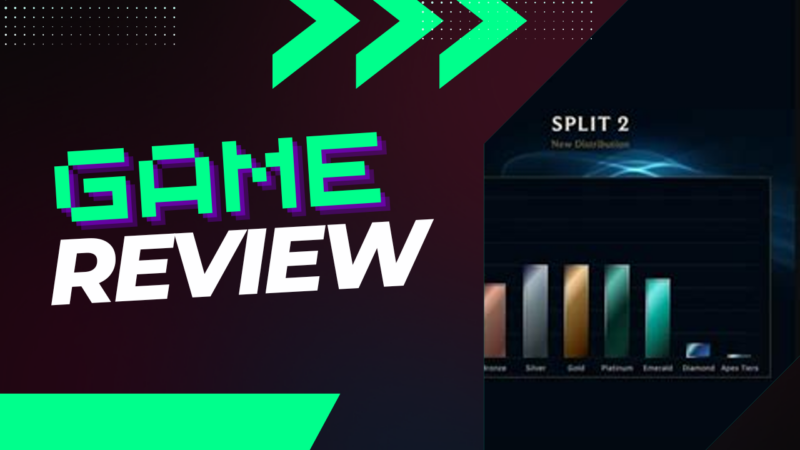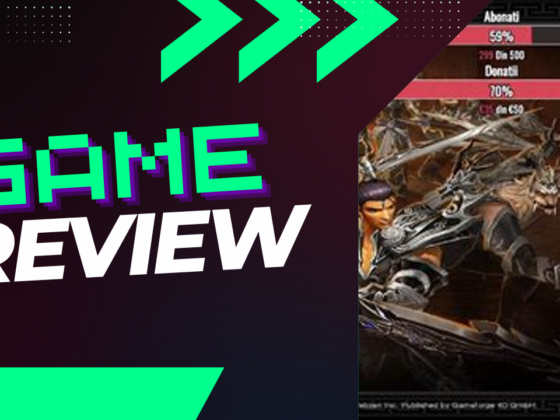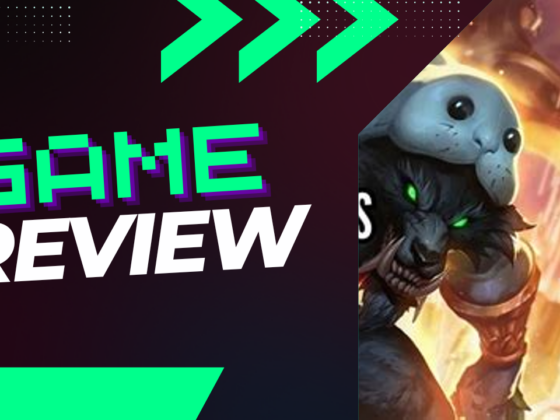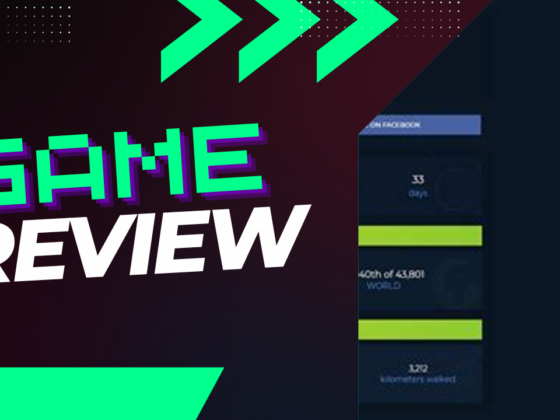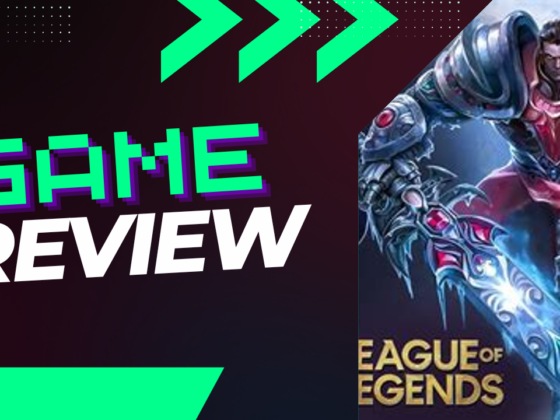Have you ever wondered why you can go from climbing the ranks to starting anew every split in League of Legends? Just like a phoenix rising from the ashes, each season brings fresh opportunities and challenges through rank resets that shake up the competitive landscape. As players finish a split, their ranks undergo evaluation, leading to a soft reset that nudges them down by three to four divisions, with a promise of rewards waiting for those who persevere. This intricate dance of demotion, promotion, and the pursuit of glory sets the stage for understanding not just the mechanics, but the heart of ranked play in this ever-evolving arena.
Understanding Rank Resets in League Splits
At the conclusion of each split in League of Legends, player ranks are assessed, and they receive additional rewards based on their final standings. A soft reset occurs for ranked accounts, affecting their starting ranks for the upcoming split by approximately three to four divisions, with Diamond I serving as the highest possible starting point.
- This discussion pertains to the current League system.
- For details about the prior Elo rating system, please refer to appropriate resources.
The purpose of the ranking system in League of Legends is to pair players with similar skill levels, which is referred to as the League system. This system features multiple tiers that reflect the general skill levels of players.
- The League system comprises various tiers that indicate player skill.
- All apex tiers are unified, whereas the tiers below are subdivided into four divisions, ranked from IV (the lowest) to I (the highest).
- Within each division, players are ranked using a points system known as League Points (LP).
- Promotions and demotions occur across tiers and divisions based on LP accumulation.
Players can track their standing in the League ladder and view the end date of the ranked split through the Ranked tab on their Profile screen.
Seasons and Rewards
A season spans nearly a year and is broken down into three approximately equal splits. Throughout each split, players can earn various rewards simply by participating in ranked matches. When the split concludes, final results are processed, and players are granted rewards based on their standing. Additionally, ranked accounts experience a soft reset of their starting ranks in the next split, typically moving down about three to four divisions, with a cap at Diamond I.
During each split, players gain split points (SP) for their performance in Ranked matches:
- +10 SP for each victory
- +6 SP for each loss
Accumulated split points contribute towards in-split rewards and rewards at the end:
- 160 SP – Receive a Ranked Split Emote featuring a champion chosen by Riot Games.
- 240 SP – Unlock a Champion Permanent.
- 320 SP – Acquire a Unique Ranked Split Icon.
- 800 SP – Earn 1 Masterwork Chest.
- Additional minor rewards, such as Hextech Keys and Chests, are distributed intermittently throughout the split.
Among the most anticipated rewards is the exclusive “Victorious skin,” awarded to those who actively participated in Ranked games within a given split, which also includes chromas based on the final tier achieved by the player.
- Each split is celebrated with a uniquely designed Victorious skin, of which players become eligible based on specific SP thresholds.
- The SP requirements vary and depend dynamically on the player’s current tier, with different requirements including:
- 1600 SP for players ranked Silver and below
- 80 SP for players ranked Gold and above
Players’ previous split accolades are displayed in their profiles, showcasing only their highest rank per mode.
Furthermore, players positioned in the Challenger rank will also receive a special Recall decoration that exhibits the Challenger rank crest.
Tiers and Divisions Explained
Crests in Ranked Play
Crests represent the aesthetic elements signifying the design and colors associated with ranks.
Each tier, ranging from Iron to Diamond, contains four divisions labeled with Roman numerals, from IV (indicating the lowest) to I (the highest). As players progress, division-associated crest designs can be upgraded through participation in all three ranked splits, resulting in various crest combinations. For clarity, the regalia displays below show the following:
- Division 4 base (no upgrades)
- Division 3 + Split 1 regalia upgrade
- Division 2 + Split 2 regalia upgrade
- Division 1 + Split 3 regalia upgrade
Please note: apex tiers do not have subdivisions, hence upgrades are shown only for splits.
From Bronze to Diamond, every tier is divided into five divisions, each represented by a Roman numeral from V (the lowest) to I (the highest). As a player progresses through divisions, their crests will evolve accordingly.
Ranked Teams, whether in 3v3 or 5v5 formats, and Solo/Duo Ranked modes each feature distinct crest collections.
Banners for Ranked Achievements
Ranked banners serve as honorary recognition visible on profile backgrounds in lobbies and during loading screens. They highlight the player’s current or past tier achieved during a split and can be customized through profile settings.
The season of 2019 saw the introduction of decorative trims on banners.
Summoner Icon Borders
Players can choose their current rank’s summoner icon border through profile settings, replacing the standard Prestige (level) icon border. The 2022 season streamlined these upgrades into a single winged border for each tier.
The summoner icon displays a “base border” for each tier, which can be further enhanced based on tiers and splits, paralleling the crest upgrades.
League Points and Ranking Dynamics
League Points (LP) are awarded for victories in ranked games, while losses result in deductions. The specific amount of LP gained or lost is determined by the player’s hidden Match Making Rating (MMR) in relation to their rank. Higher MMR relative to rank leads to greater gains and lesser losses in LP.
- LP adjustments are also subtly influenced by disparities between the average ranks of each team and the side of the map occupied.
- For players below Emerald tier, matching MMR and rank results in a baseline of ±25 LP gain and loss.
- For Emerald tier and above, the matching baseline is typically 5 points fewer.
Decay Mechanism
Higher-tier players have an activity score reflecting their play frequency. Participation in matches increases this score, subject to a maximum limit. A grace period of inactivity exists based on the maximum score, after which one match is deducted from their score each day; once the score equates to zero matches, the player starts to experience decay, incurring losses in LP for each day.
| Decay | Ranked Games Per Match | Grace Period | Bank Maximum | Initial Bank Total | LP Decay Loss Per Day |
|---|---|---|---|---|---|
| Diamond | 7 | 28* | 28 | 28 | 50 |
| Apex Tier (Master, Grandmaster, and Challenger) | 1 | 10 | 14 | 10 | 75 |
Notes:
- Inactive players will not appear in others’ ranked ladder views.
- Decay does not impact MMR.
- If a player experiences decay from the Master tier, they will drop to Diamond II rather than Diamond I, which is the immediate lower division.
Compensation for Griefing
The system monitors disruptive behavior, marking players who exhibit griefing tendencies. To balance the penalties for non-griefing teammates, consolation LP is provided weekly if specific conditions are met:
- The match concludes with a loss.
- A teammate was flagged for griefing.
- Consolation will not be granted if any team member is found to be leaving or absent from the match.
- Consolation LP allocations are accessible.
- The match doesn’t pertain to a promotion series.
Progression and Rank Changes
Demotion and Promotion Mechanisms
Merging into a division is reflected by reaching a total of 100 LP. Achieving this threshold allows for advancement to the next division with roll-over. Conversely, losing sufficient LP below zero results in a regression within the current division with roll-over.
- Tier Promotion Mechanics:
Reaching 100 LP in division I allows access to division IV of the subsequent tier, along with LP roll-over. If the promotion would position a player at exactly 0 LP, one point is automatically added.
Promotion into a new tier from Bronze to Master provides a Demotion Protection Shield, safeguarding against demotion at 0 LP for a set number of matches (win or loss).
- The Shield applies to players moving into Bronze-Diamond tiers and lasts for ten matches.
- The Shield for Master promotion is valid for three matches.
- Tier Demotion Explanation:
Demotion from a tier due to negative net losses places the player in the highest division of their previous tier, adjusted to a starting LP set at either 25, 50, or 75 based on their MMR at the time.
- If a player’s MMR falls significantly below their visible rank, LP is set at 25.
- If their MMR exceeds significantly, LP is established at 75.
- For cases in-between, LP is set at 50.
Players may manage a few losses at 0 LP in the lowest division before ultimately falling out of that tier. The Tier-loss Protection can activate and endure for a specified number of games. The specific quantity of permissible games hinges on the player’s MMR, which may fluctuate as the player’s MMR changes over time.
- When close to tier demotion, a yellow warning icon will appear on the ranked profile, indicating potential demotion due to losing streaks; a net of wins will eliminate the warning and protect against demotion.
- If demotion is imminent after certain losses, a red warning icon will be displayed on the player’s ranked profile.
- Tier-loss Protection is disregarded for demotions caused by decay; decaying at 0 LP immediately triggers demotion.
Placement Matches and Provisionals
Entering the ranked ladder involves a series of

